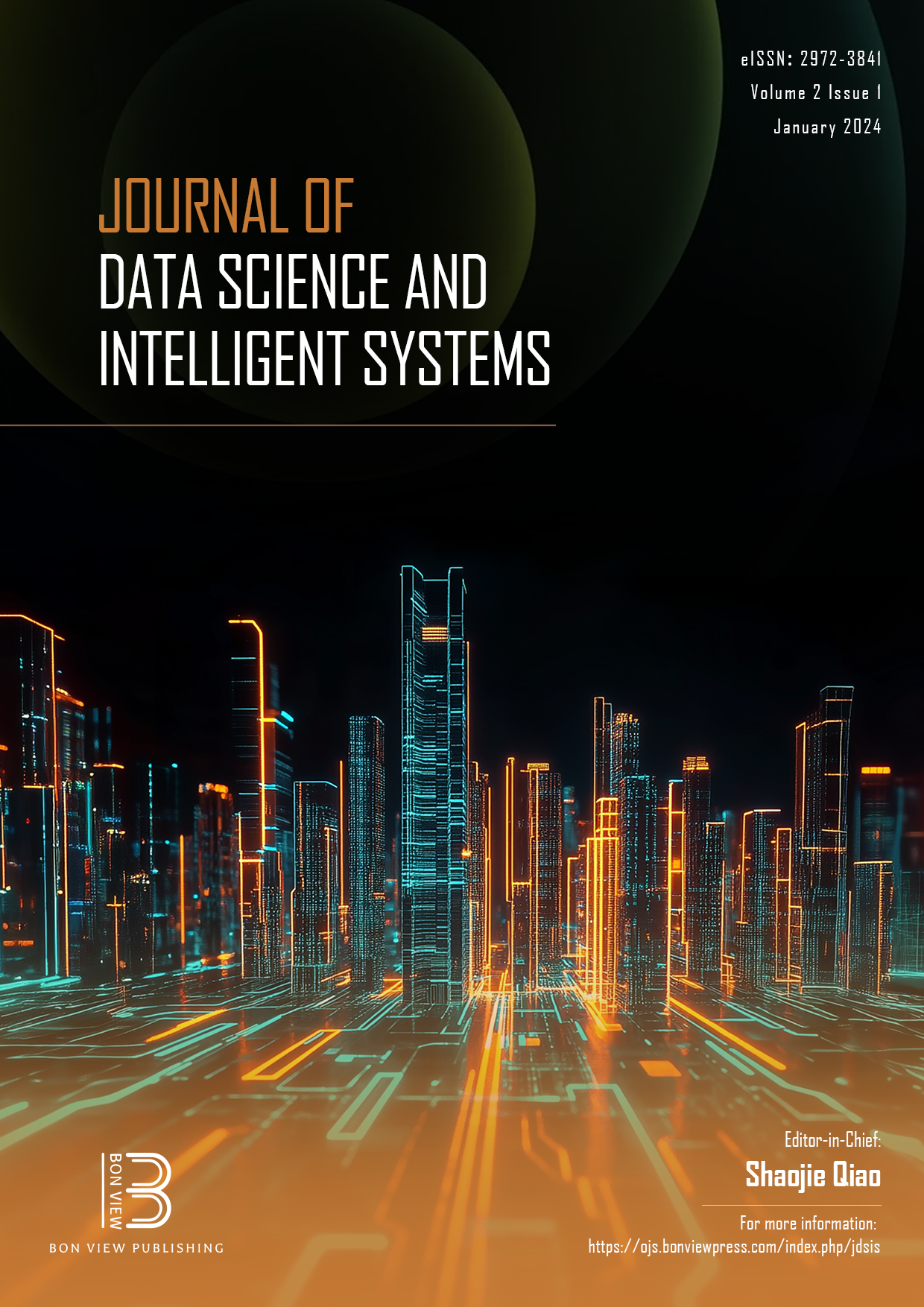3D-STCNN: Spatiotemporal Convolutional Neural Network Based on EEG 3D Features for Detecting Driving Fatigue
DOI:
https://doi.org/10.47852/bonviewJDSIS3202983Keywords:
fatigue testing, electroencephalogram, feature extraction, deep learningAbstract
Fatigue driving has become one of the main causes of traffic accidents, and driving fatigue detection based on electroencephalogram (EEG) can effectively evaluate the driver's mental state and avoid the occurrence of traffic accidents. This article evaluates a feature extraction method for extracting multiple features of EEG signals and establishes a spatiotemporal convolutional neural network (STCNN) to detect driver fatigue. Firstly, we constructed a three-dimensional feature of the EEG signal, which includes the frequency domain, time domain, and spatial features of the EEG signal. Then, we use STCNN for fatigue state classification. STCNN is composed of an attention time network based on attention mechanism and an attention convolutional neural network based on attention mechanism. In addition, we conducted fatigue driving experiments and collected EEG signals from 14 subjects in both awake and fatigued states, ultimately collecting EEG data under three different driving task loads. We conducted extensive experiments on this basis and compared the effectiveness of STCNN and six competitive methods. The results show that the classification accuracy of STCNN is 87.55%, which can effectively detect the fatigue status of drivers.
Received: 22 April 2023 | Revised: 15 June 2023 | Accepted: 26 June 2023
Conflicts of Interest
The authors declare that they have no conflicts of interest to this work.
Data Availability Statement
Data sharing is not applicable to this article as no new data were created or analyzed in this study.
Downloads
Published
Issue
Section
License
Copyright (c) 2023 Authors

This work is licensed under a Creative Commons Attribution 4.0 International License.
How to Cite
Funding data
-
National Natural Science Foundation of China
Grant numbers 62272067 -
Sichuan Province Science and Technology Support Program
Grant numbers 2023NSFSC0499 -
Sichuan Province Science and Technology Support Program
Grant numbers 2023YFG0018


